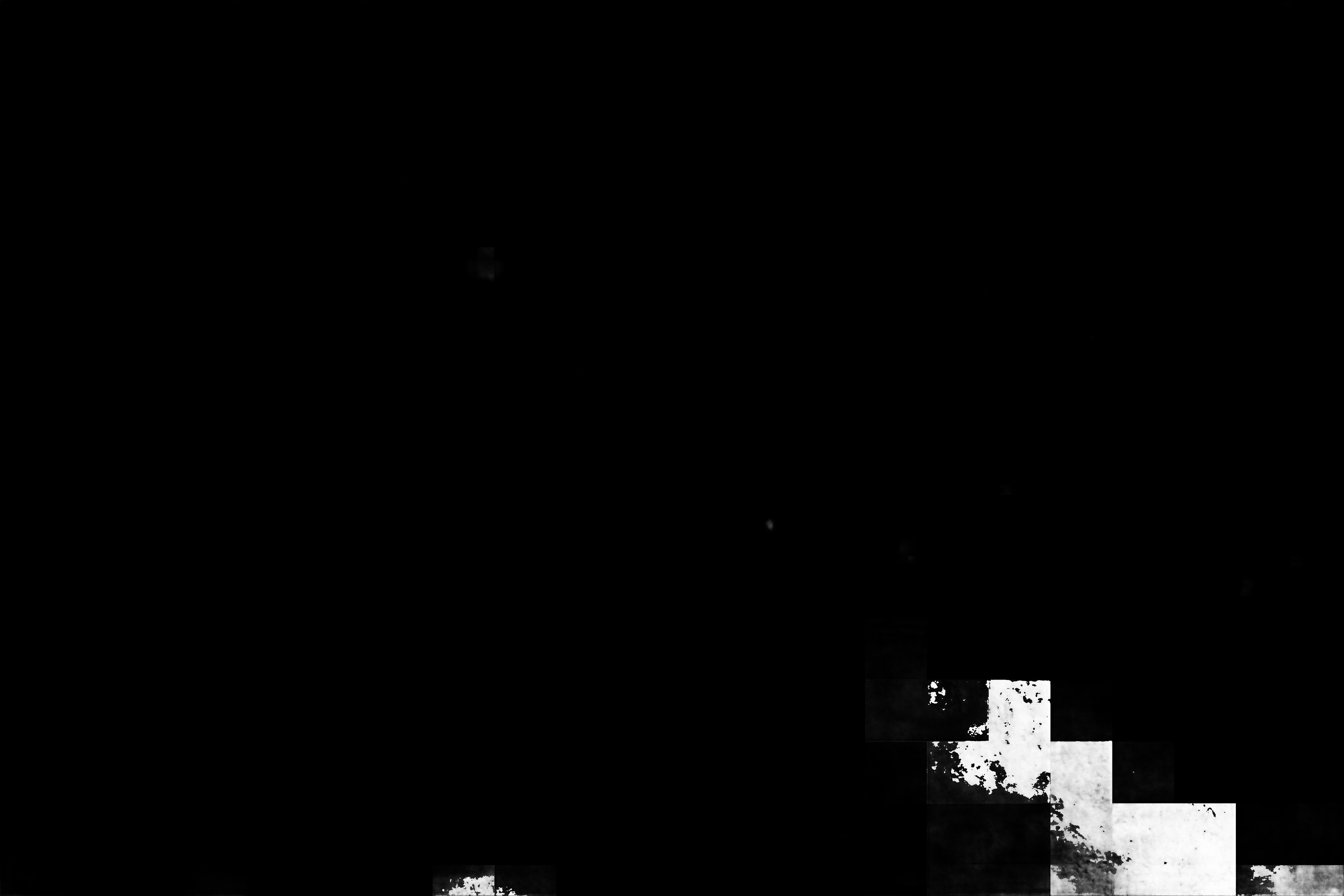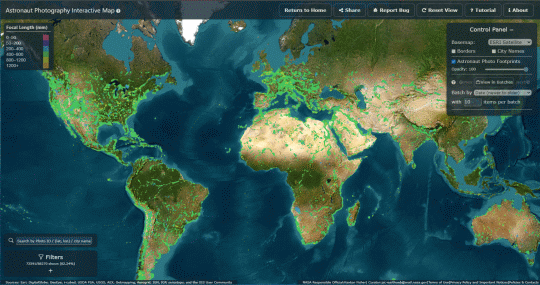ISS067-E-213849
| NASA Photo ID | ISS067-E-213849 |
| Focal Length | 1150mm |
| Date taken | 2022.08.01 |
| Time taken | 20:10:08 GMT |
5568 x 3712 pixels 720 x 480 pixels 5568 x 3712 pixels 640 x 427 pixels
Country or Geographic Name: | MEXICO |
Features: | SEDIMENT, DESERT, SALINE LAKE, GULF OF CALIFORNIA, ADAIR BAY, TIDAL FLATS |
| Features Found Using Machine Learning: | |
Cloud Cover Percentage: | 10 (1-10)% |
Sun Elevation Angle: | 74° |
Sun Azimuth: | 210° |
Camera: | Nikon D5 Electronic Still Camera |
Focal Length: | 1150mm |
Camera Tilt: | 24 degrees |
Format: | 5568E: 5568 x 3712 pixel CMOS sensor, 35.9 x 23.9 mm, total pixels: 21.33 million, Nikon FX format |
Film Exposure: | |
| Additional Information | |
| Width | Height | Annotated | Cropped | Purpose | Links |
|---|---|---|---|---|---|
| 5568 pixels | 3712 pixels | No | No | NASA's Earth Observatory web site | Download Image |
| 720 pixels | 480 pixels | Yes | No | NASA's Earth Observatory web site | Download Image |
| 5568 pixels | 3712 pixels | No | No | Download Image | |
| 640 pixels | 427 pixels | No | No | Download Image |
The wetlands of Adair Bay (also known as Bahia Adair) mark the transition between the Great Altar Desert in northwestern Mexico and the Gulf of California. A single highway, paralleled by a railroad, cuts across dry salt flats and sand on the northern reaches of the estuary. This photograph, taken by an astronaut on the International Space Station, also highlights the sediment-rich waterways that allow mixing of fresh and salt water vital to the function of the estuary.
The green areas in the estuary system are salt-tolerant halophytic vegetation, comprised mostly of mangrove trees and shrubs. Salty mudflats, indicated by the blend of gray and white hues, separate the estuary from the adjacent desert sand. Pozos (Spanish for wells), a form of natural freshwater springs, are located throughout the salty mudflats and are common in wetlands along the Gulf of California, though difficult to see from space.
Coastal salt marshes like the wetlands of Adair Bay are sustained by tides. During low tides, water evaporates from exposed soils, creating salt flats; during high tides, nutrients are washed into the estuary, supporting halophytic vegetation growth and the life cycle of aquatic organisms. The wetlands of Adair Bay are a Ramsar site and provide protected nesting grounds for migratory birds, as well as breeding grounds for endangered fish, such as the totoaba.




